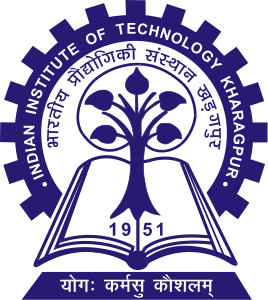Extraction of bipolar SPICE Gummel-Poon parameters related to B-C junction Capacitance-Voltage (C-V) 
1. Which SPICE parameter models the *reverse* transit time, which is the primary factor in the base-collector *diffusion* capacitance?
2. For a typical BJT, how does the base-collector zero-bias capacitance (`CJC`) usually compare to the base-emitter zero-bias capacitance (`CJE`)?
3. In which BJT operating region does the base-collector *diffusion* capacitance become significant and dominate the total B-C capacitance?
4. In which BJT operating region does the base-collector *depletion* capacitance almost exclusively determine the total B-C capacitance?
5. What physical property is the main reason that the reverse transit time (`TR`) is typically much larger than the forward transit time (`TF`)?
6. The parameter `MJC` (B-C Grading Coefficient) is extracted to be approximately one-third. What does this value imply about the doping profile of the junction?
7. When measuring the B-C capacitance versus voltage, what is the standard bias condition for the base-emitter junction?
8. What is the purpose of the SPICE parameter `FCC` (Forward-Bias Capacitance Coefficient) in the B-C capacitance model?
9. If a BJT has a very large physical base-collector junction area, which extracted capacitance parameter would be most directly affected?
10. How does the B-C depletion capacitance change as the *reverse bias* voltage across the B-C junction is increased?
